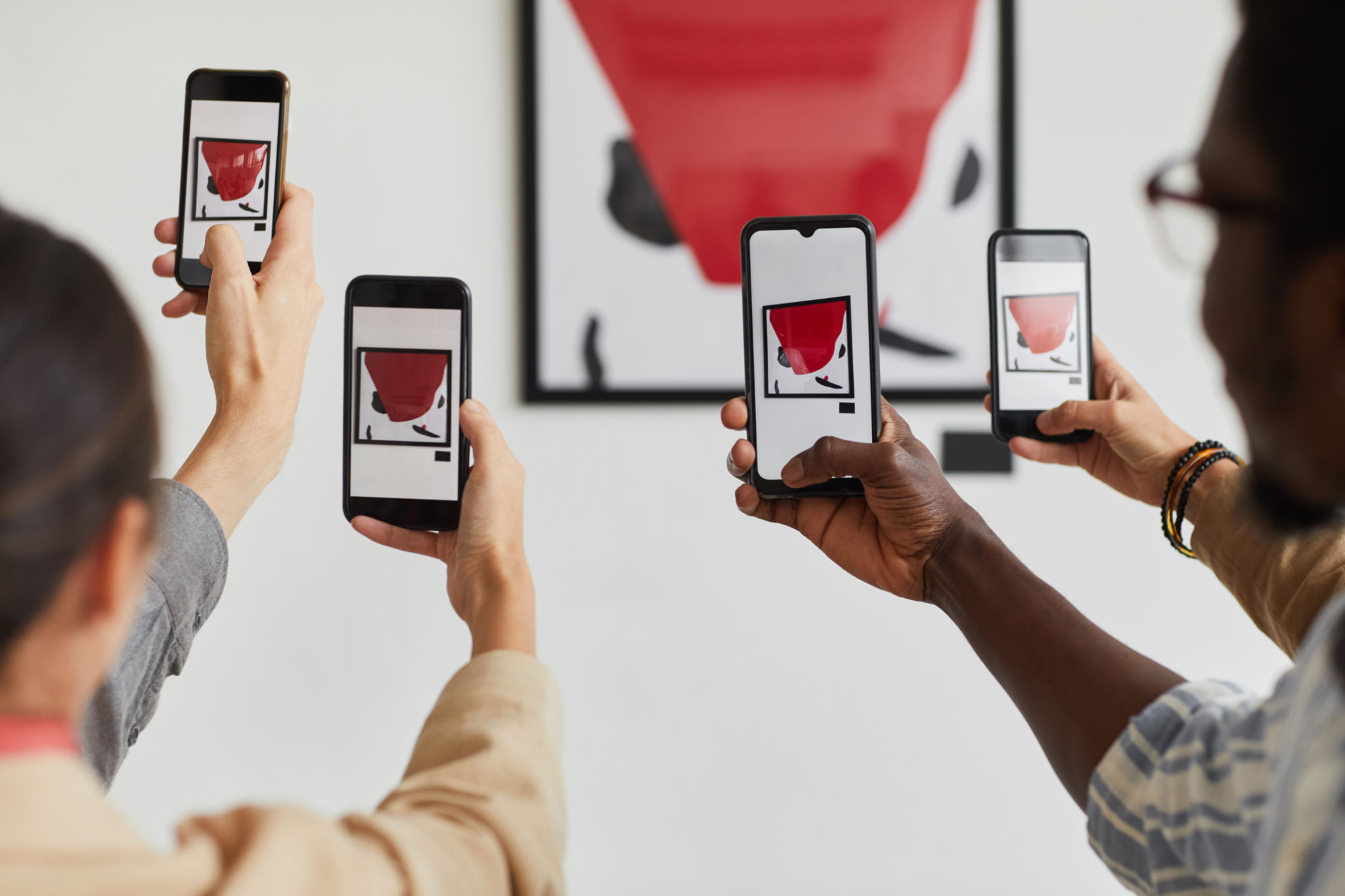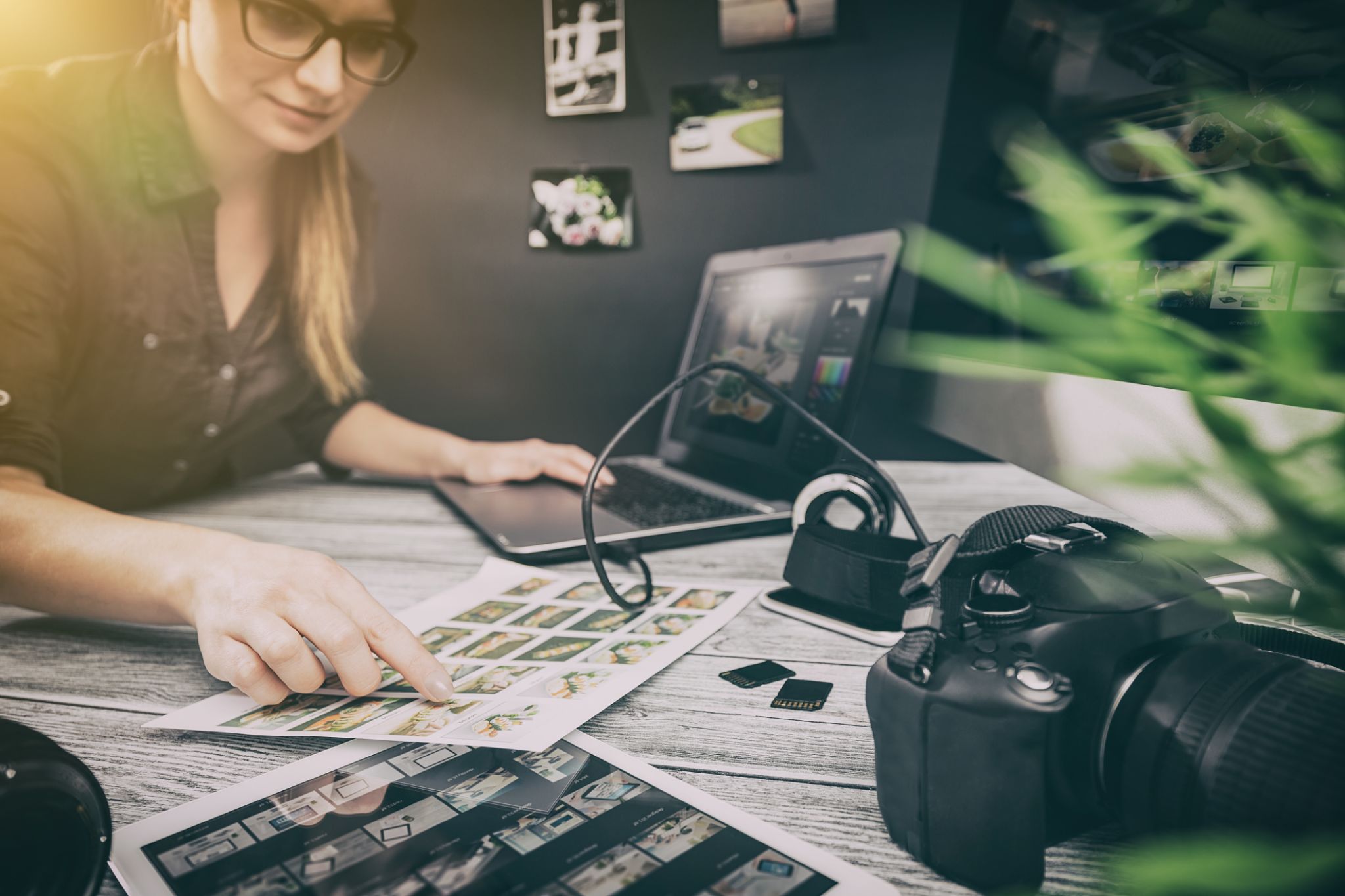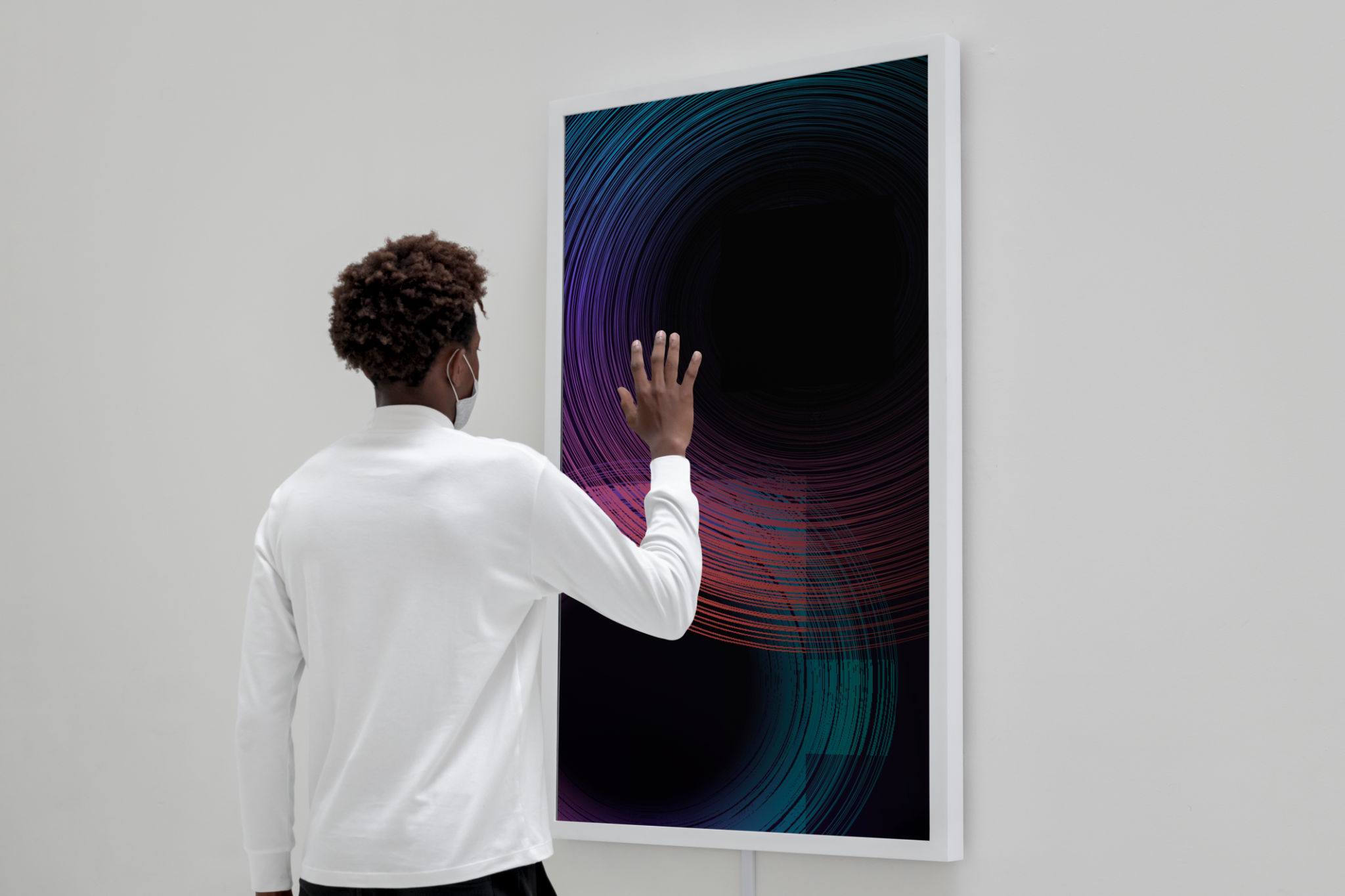Photography in Museums: How to Create an Impactful Exhibit
HM
The Power of Photography in Museums
Photography has the unique ability to capture moments, tell stories, and convey emotions in a way that transcends language. When integrated into museum exhibits, photography can enhance the visitor experience by providing a visual narrative that complements historical artifacts or contemporary art pieces. The strategic use of photography can transform a traditional exhibit into an engaging journey through time, culture, or theme.
Museums across the globe are increasingly recognizing the importance of incorporating photographic works into their displays. By doing so, they not only enrich the narrative but also attract a wider audience, including photography enthusiasts and younger generations who are visually inclined.

Curating a Cohesive Narrative
When planning a photographic exhibit, it's crucial to develop a cohesive narrative that ties the images together. This narrative should align with the overall theme of the exhibit and provide context for the photographs. Curators should consider how each photograph contributes to the story and ensure there is a logical progression that guides visitors through the exhibit.
A successful photographic exhibit often begins with a clear concept or theme. This could be a particular historical period, a cultural phenomenon, or an exploration of an artist's work. By establishing a strong thematic framework, curators can select images that support and enhance the narrative.
Selecting the Right Photographs
The selection process is critical to the success of a photographic exhibit. Curators should choose images that not only fit the theme but also evoke emotion and provoke thought. Consideration should be given to the composition, color, and subject matter of each photograph. It's important to include a mix of perspectives to offer a comprehensive view of the topic.

Moreover, high-quality prints and proper lighting can significantly impact how photographs are perceived. Attention to detail in presentation ensures that each image can be appreciated fully, allowing visitors to connect with the stories behind them.
Engaging Visitors Through Interactive Elements
Interactive elements can greatly enhance the visitor experience by encouraging engagement and participation. Consider incorporating technology such as touchscreens or QR codes that provide additional information about the photographs. These tools can offer insights into the photographer's process or historical context, enriching the visitor's understanding and appreciation.
- Interactive digital displays
- Augmented reality experiences
- Audio guides with commentary from photographers

Creating Emotional Connections
Photography has an innate ability to evoke emotions, making it a powerful tool for creating connections between the exhibit and its audience. Curators should aim to select images that resonate on an emotional level, whether by capturing moments of joy, sorrow, triumph, or reflection. These emotional connections can leave a lasting impression on visitors and encourage them to reflect on their own experiences related to the theme.
Ultimately, photography in museums serves as a bridge between the past and present, offering visitors a unique opportunity to explore and engage with diverse narratives. By carefully curating impactful exhibits, museums can create memorable experiences that educate, inspire, and connect people across cultures and generations.